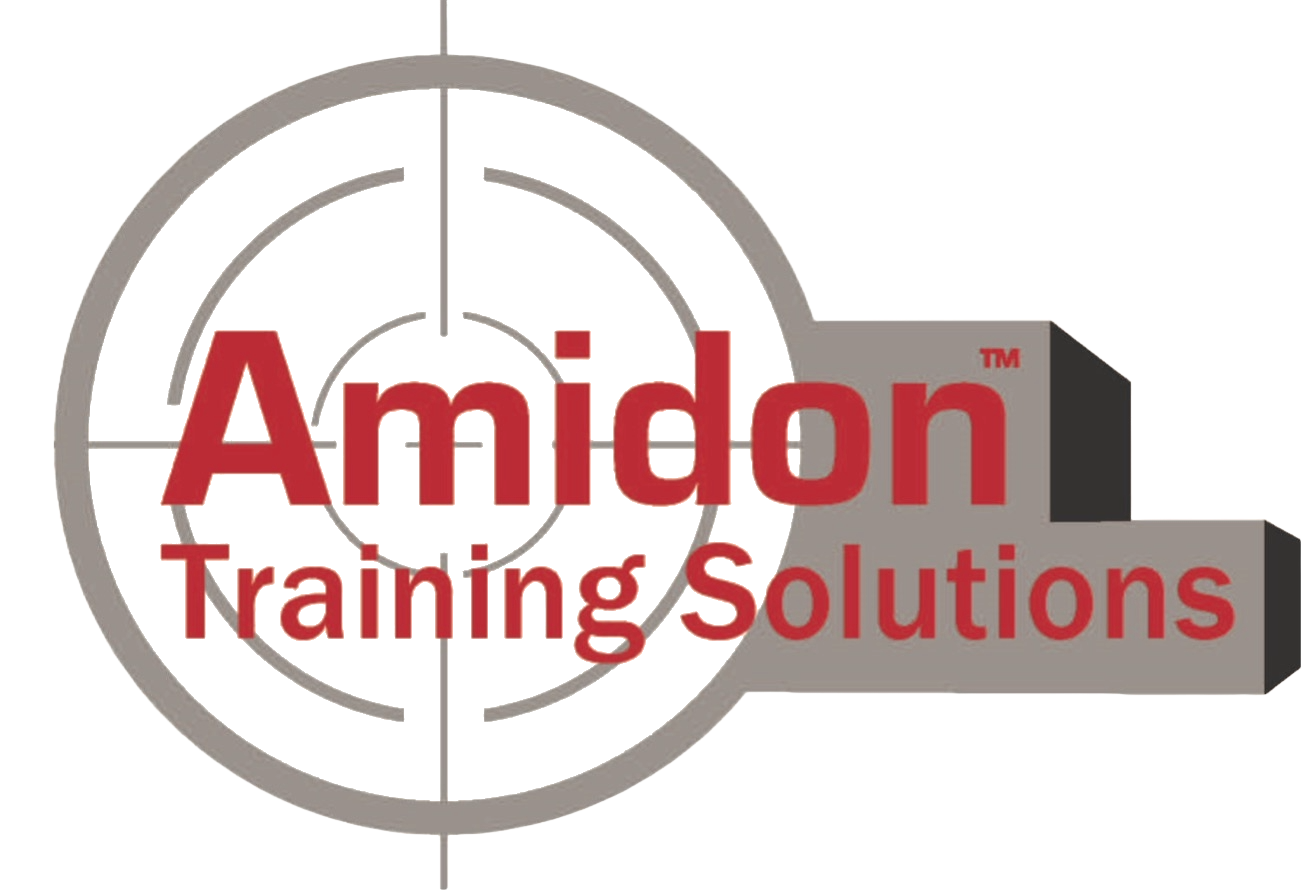Introduction
Live-fire shoot houses are designed to withstand thousands of training rounds — but no material is indestructible. Over time, repeated impacts, concentrated fire, and environmental exposure can degrade even the most robust ballistic concrete. Failure to maintain these structures not only reduces their training value but can also create serious safety risks for instructors and students.
Understanding when and how to repair damage is critical. This guide outlines the three most common signs of wall deterioration, explains the repair process using UL-rated ballistic concrete, and highlights why using certified repair materials is essential to maintaining a safe training environment.
3 Signs Your Shoot House Wall Needs Repair
- Large or Expanding Surface Damage
- Small surface chipping is normal in live-fire facilities, but when bullet impacts expand into cavities the size of a fist or larger, structural performance is compromised.
- Damage wider than an adult head represents a serious safety hazard. Firing into such an area can accelerate wall failure and create dangerous spall or ricochet conditions or even complete penetration.
- Localized Deep Penetration from Focus Fire
- Concentrated fire on a single target area leads to tunneling and deep penetration.
- Range control SOPs typically recommend rotating or repositioning targets regularly to distribute impacts and prevent concentrated weakening.
- Failure to do so can compromise ballistic resistance and may require more frequent repairs.
- Ricochet or Skip Failures During Safety Tests
- Standard live-fire facility safety testing includes ricochet checks. If rounds begin to skip or deflect off walls, the surface has lost its ballistic integrity.
- This condition is often associated with standard concrete that should never be used for a shoot house or with areas where rifle weight ballistic concrete was used and pistol shots are not penetrating the surface.
- Ricochet hazards are considered critical failures and must be addressed before further training.
Repairing a Shoot House Wall
Step 1: Damage Assessment
- A trained ballistic concrete inspector evaluates both the surface damage and the structural integrity of the wall section.
- Assessment considers crack propagation, depth of penetration, and whether the damage is confined to surface layers or extends into the core.
Step 2: Remove Loose or Compromised Material
- Using mechanical chisels or impact tools, all fractured and weakened concrete must be carefully removed.
- Loose material, fibers, or voids should be fully cleared and cleaned of debris to allow new material to bond properly. Exposed rebar should never be present in walls – rebar should only exist in no-shoot walls or in ceiling panels.
Step 3: Certified Ballistic Concrete Repair
- Repair using Amidon Ballistic Concrete®, the only ballistic concrete mix approved by name in the USMC Ground Training Systems Specification (GTSS).
- The repair mix is engineered to meet UL-752 ballistic resistance standards, ensuring consistency with the original wall design.
- Repairs are performed by applying the certified mix into the prepared cavity, followed by proper curing to restore full ballistic performance.
- The weight of the concrete is determined by the use case – rifle only training calls for a heavier mix while adding pistol training absolutely requires that mix to change to accommodate. Be sure to let your repair technician know if you intend to fire pistol rounds before you order your repair.
Why Certified Repairs Matter
- Ballistic Safety: Ordinary structural concrete lacks the density, fiber reinforcement, and admixture chemistry required to stop high-velocity rounds. Using it in repairs creates hidden failure points that endanger trainees.
- Compliance: Military training facilities operate under strict safety and performance specifications. Using unapproved products places the facility out of compliance.
- Liability: The responsibility for repair decisions rests with facility managers. If unapproved products fail and injuries occur, liability exposure is significant.
Conclusion: Safety First, Always
Shoot houses are critical to preparing forces for real-world operations, but their value depends on reliable ballistic performance. Timely repair with certified ballistic concrete is not about extending service life — it is about protecting the lives of those training inside.
Amidon Ballistic Concrete® provides a proven, tested, and specification-approved repair solution that ensures your facility remains safe, compliant, and mission-ready.

